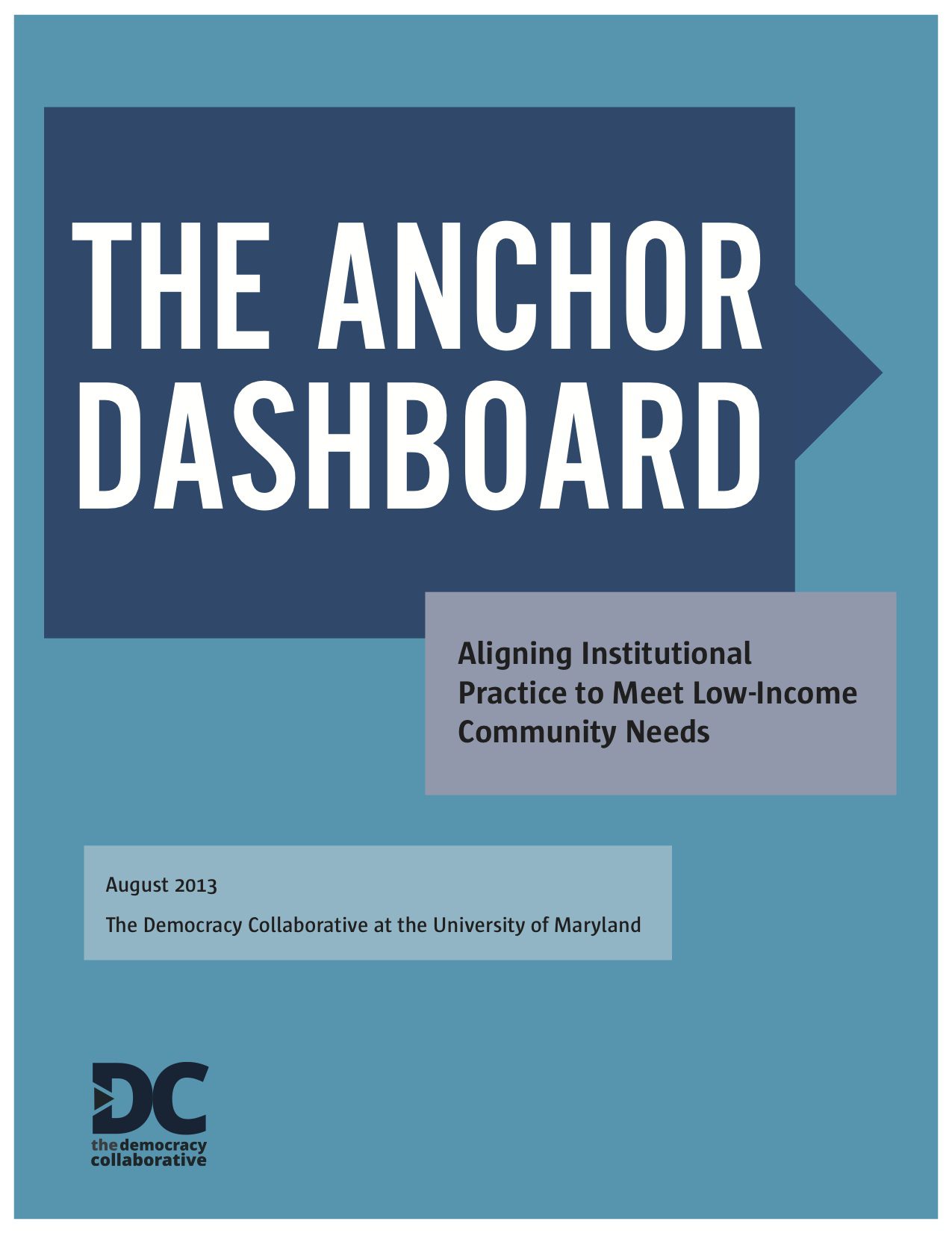
In large measure, Florida takes on a straw man. Few would dispute his contention that anchor institutions, by themselves, are not “the ticket to economic growth.” Florida’s statistical finding that “eds and meds employment levels were uniformly negatively associated with nearly every single important measure of regional economic performance: income, economic output per capita, and high tech industry concentration” is also not so impressive. After all, many eds and meds are legacy institutions – remaining in disinvested communities after industry left and income and output fell (example: the Cleveland Clinic in Cleveland, Ohio). So it is no surprise their presence negatively correlates with these variables.
Nonetheless Florida does make one important point: No industry is immune to restructuring. Will Internet-based instruction reduce the size of the higher education sector? Will the United States ever succeed in reducing health care costs as a percentage of GDP? Decline is possible. Yet prediction, as Yogi Berra once noted, is hard, “especially about the future.”
While storm clouds loom ($1.2 trillion in student loan debt is surely a larger factor than Massive Open Online Courses, better known as MOOCs), higher-eds are still expanding. Although enrollment fell two percent (467,000 fewer students) in 2012, this comes after enrollment had increased by 3.2 million between 2006 and 2011. Hospital consolidation is more likely. Still, eds and meds are likely to remain a huge economic presence in their communities and regionally.
Those of us working with anchor institutions to support community wealth building do not seek the expansion of eds and meds per se, of course. Rather, we encourage hospitals and universities to use their existing economic resources (e.g., hiring, investment, purchasing and real estate) and human (e.g., doctors, nurses, faculty, students) to better conditions in their surrounding communities while meeting their own needs. Unlike for-profit corporations, this work corresponds directly with the nonprofit or public mission of these institutions.
For these reasons, we at The Democracy Collaborative have spoken of an anchor mission, that is institutions that “consciously and strategically apply their long-term, place-based power, in combination with their human and intellectual resources, to better the welfare of the communities in which they reside, and in particular low- and moderate-income neighborhoods.”
At present, universities and hospitals spend over $1 trillion a year, more than 6 percent of GDP. They employ roughly 8 percent of the workforce. And they have endowments totaling well over $500 billion. This makes them important economic actors in pretty much every American city and many rural areas as well.
The challenge is not to achieve hospital- or university-based economic development per se. Nor is it about high-tech development. Rather, the challenge is to use existing eds and meds to spur local development of other industries—in particular, the less “sexy” industries that serve universities and hospitals such as housekeeping, construction, laundry, stormwater maintenance, energy efficiency, solar installation, document scanning, shuttle transportation, and so forth. Such businesses of course can help employ the American majority that does not have college degrees.
Many examples of “best practices” exist. But frankly these are not common enough. The Anchor Dashboard, a publication we released earlier this year, identifies possible indicator measures in twelve areas—1) local and minority hiring; 2) local and minority business procurement; 3) housing affordability; 4) business incubation; 5) arts and cultural development; 6) community investment; 7) public health; 8) public safety; 9) environmental health; 10) pre-K-12 education improvement; 11) community capacity building and democratic leadership development; and 12) asset building and ownership —and aims to advance a conversation among hospitals and universities as to how to move the dial to achieve better outcomes for low-income communities.
There are no magic solutions. But eds and meds can be important partners in making community wealth building and neighborhood economic transformation happen. For those of us looking for available resources in a time of diminishing government funding, they remain critical players that are far too important to ignore.






Comments